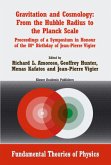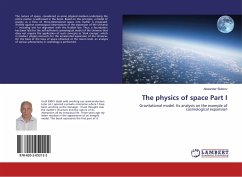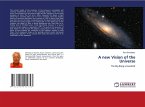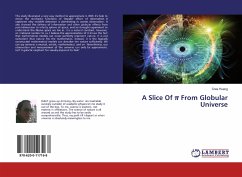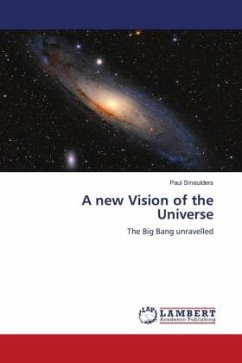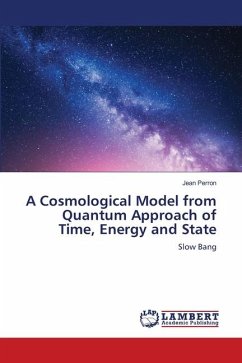The main evidence supporting the theory of an expanding universe is the red-shift of distant galaxies (the increased wavelength of electromagnetic radiation from these galaxies), which is attributed to the Doppler effect. Assuming an expanding universe, the fulfillment of the cosmological principle (the lack of a specific center of the "world" - that is, each place is the same) requires the adoption of an infinite universe. An infinite universe can hardly expand, since it is difficult to be ever more infinite. Therefore, the model of a three-dimensional spherical universe - in four-dimensional space - must remain. This assumption automatically imposes a curvature of space - the surface of a sphere has non-zero curvature. This is contrary to the commonly assumed Euclidean geometry, and requires a different view on the mechanisms of light propagation. The laws of electrodynamics in non-Euclidean space would also act differently. The following work attempts to explain the observed phenomenon of the red-shift of distant galaxies by adopting the following hypothesis: the speed of electromagnetic waves decreases with distance travelled, due to the curvature of space.



